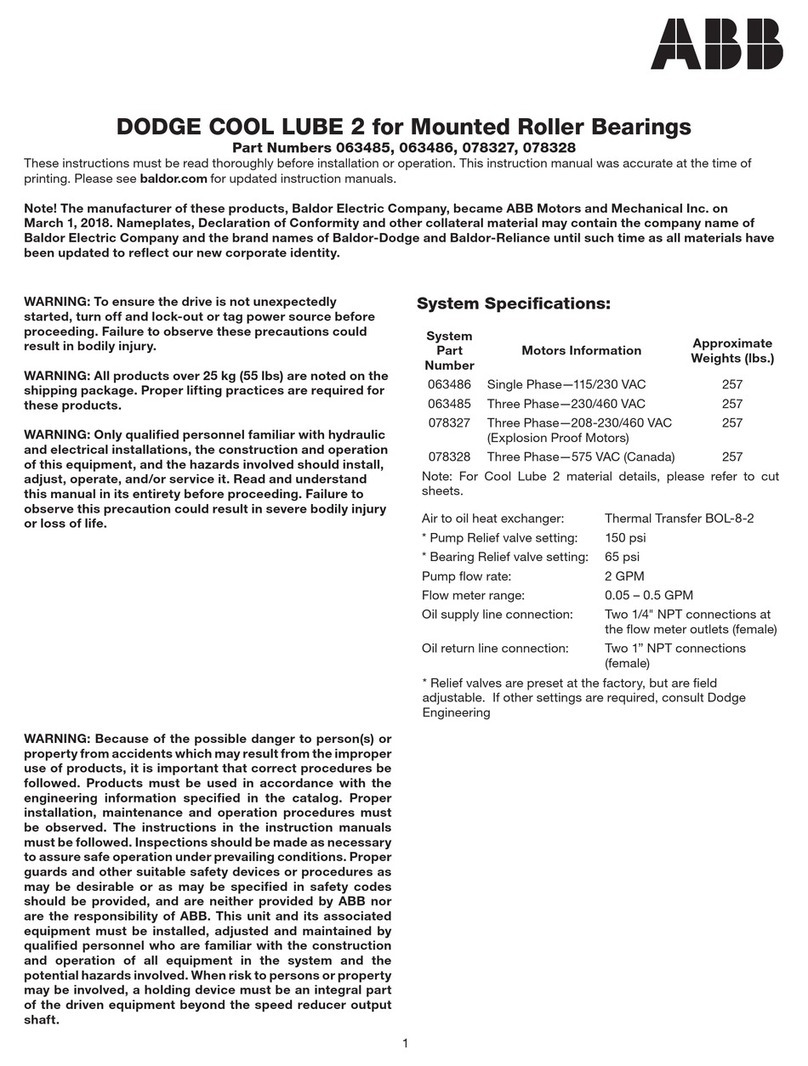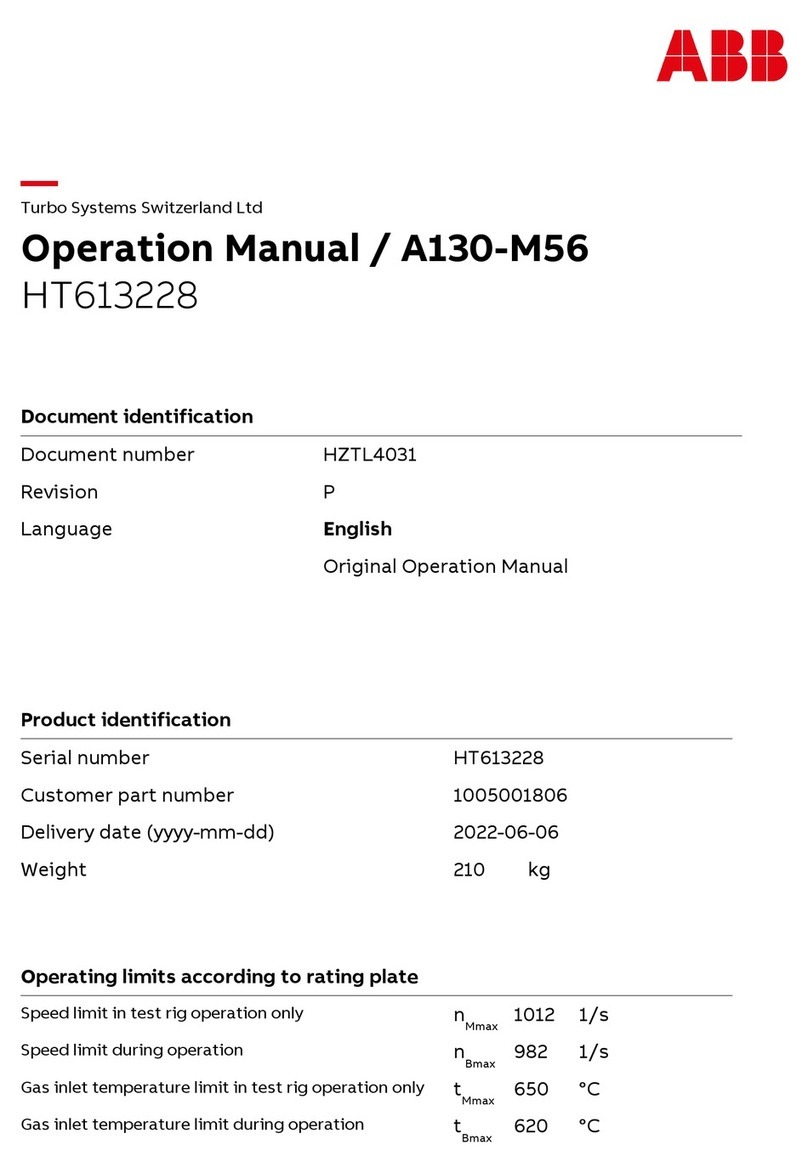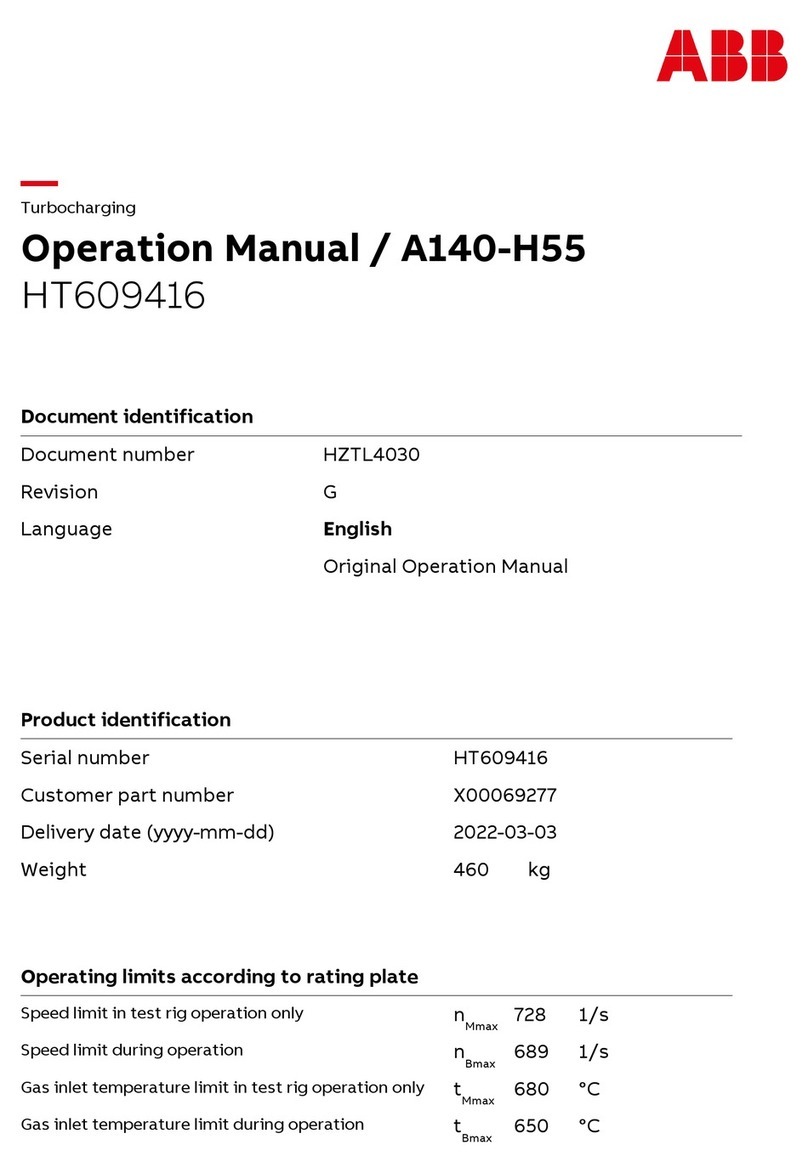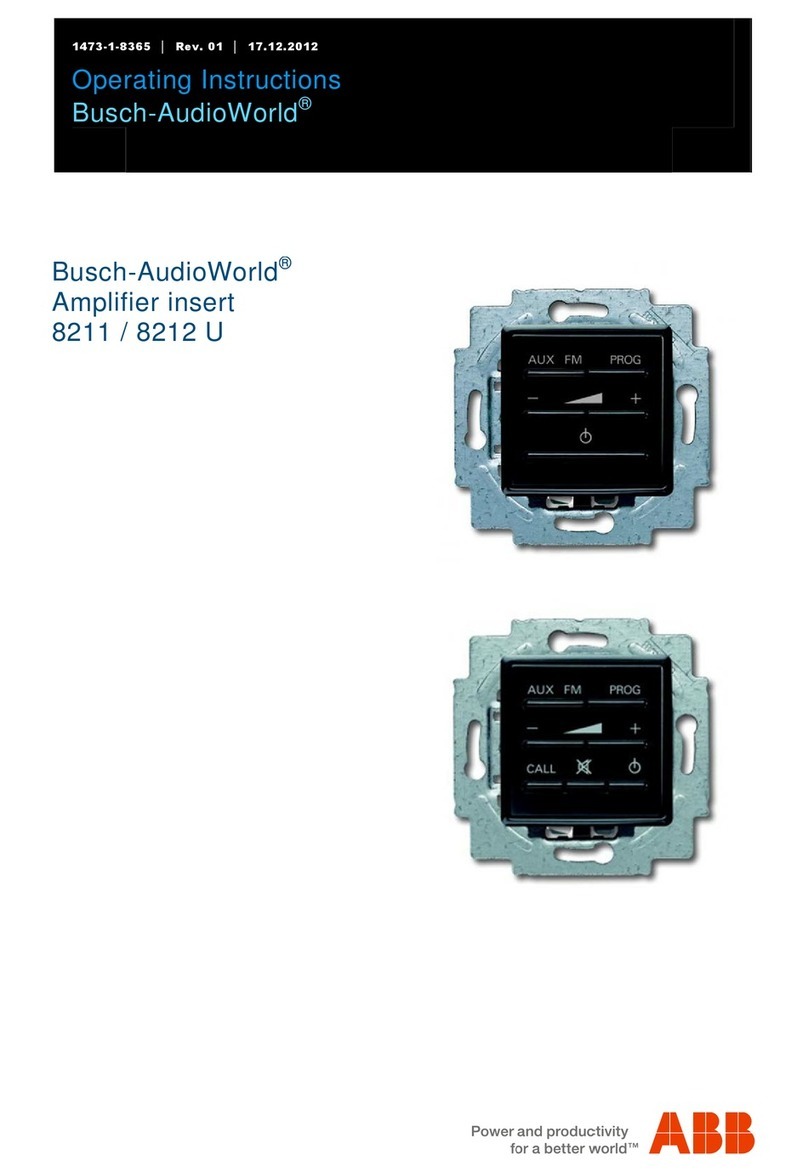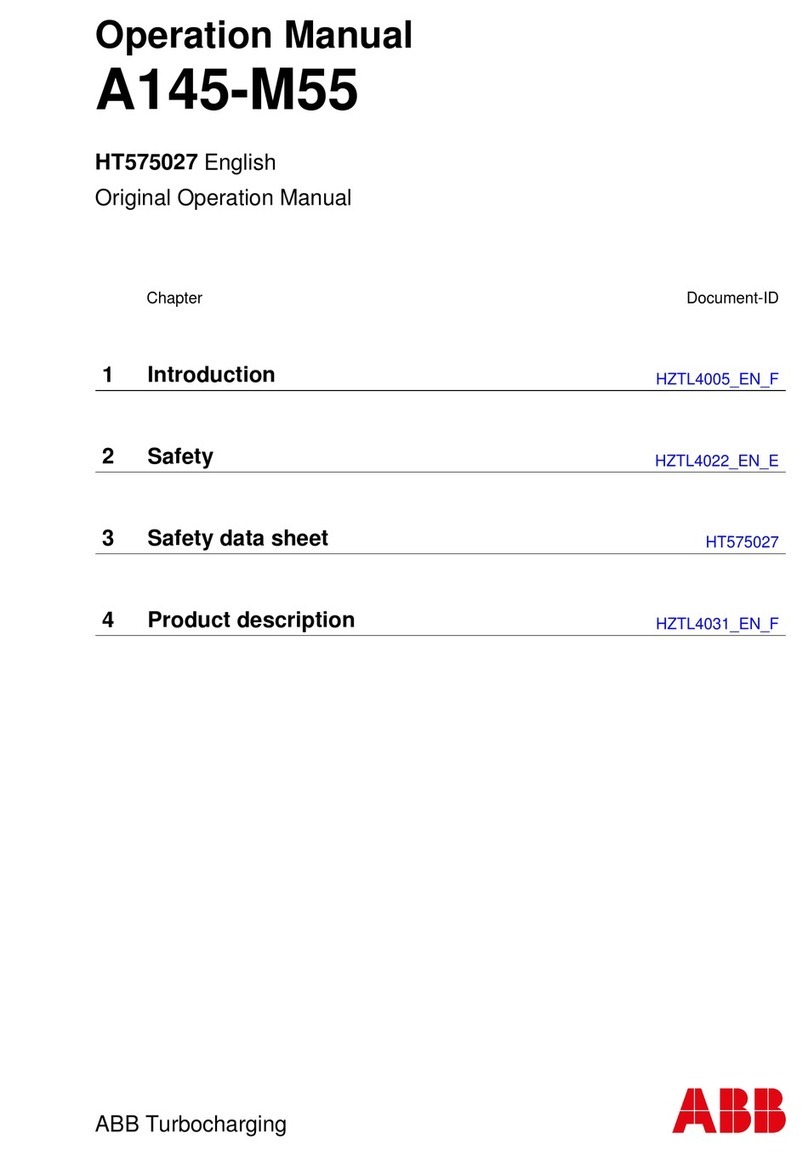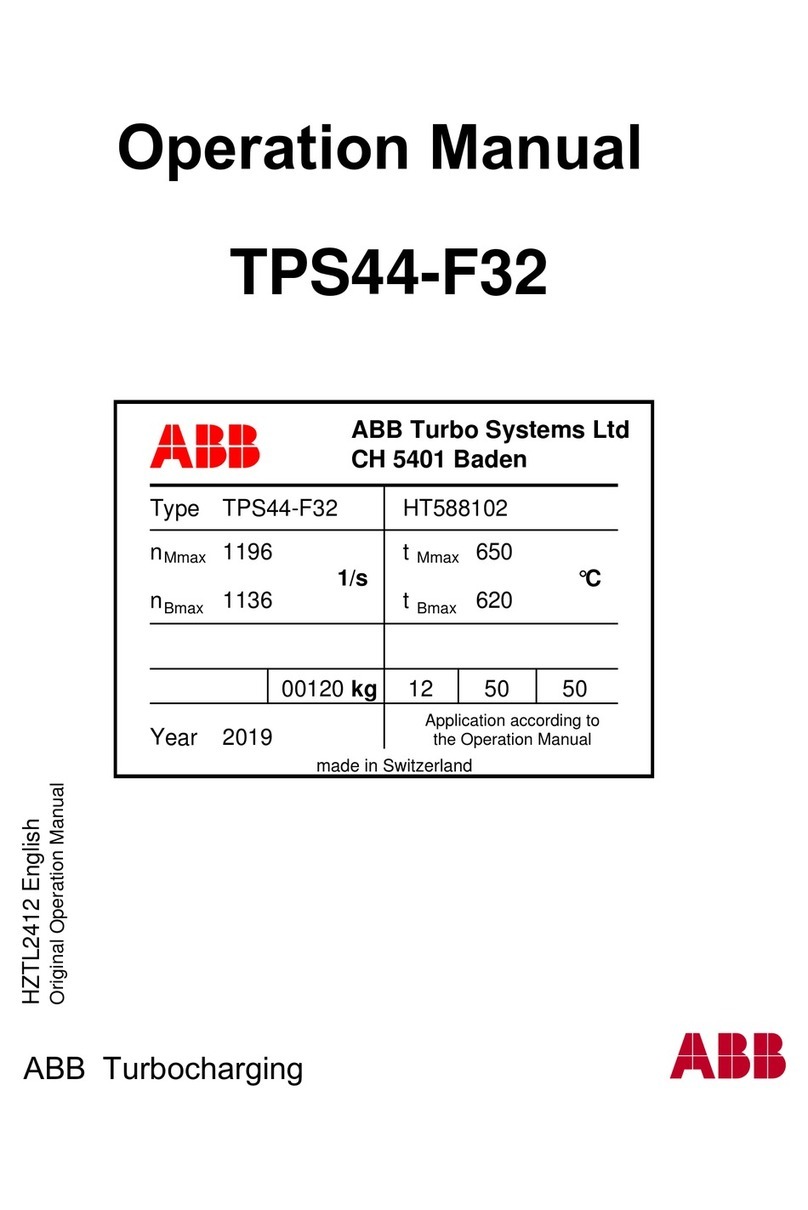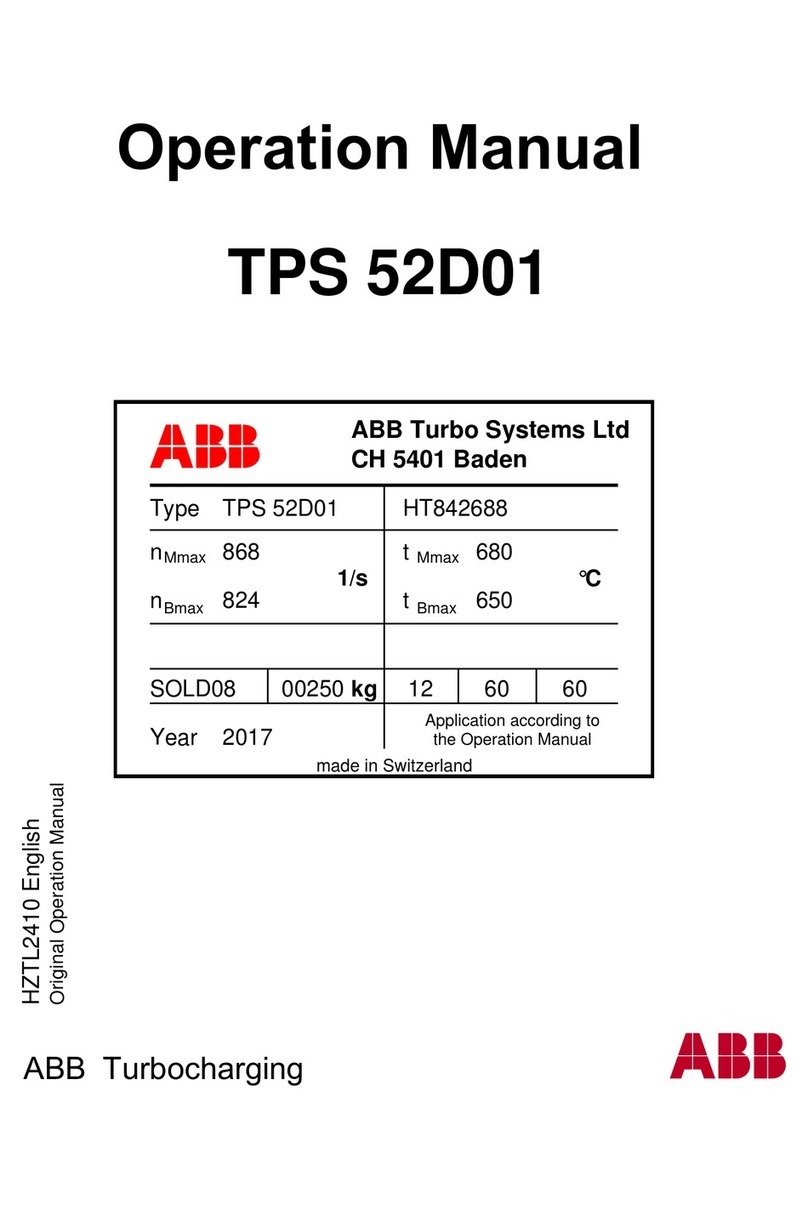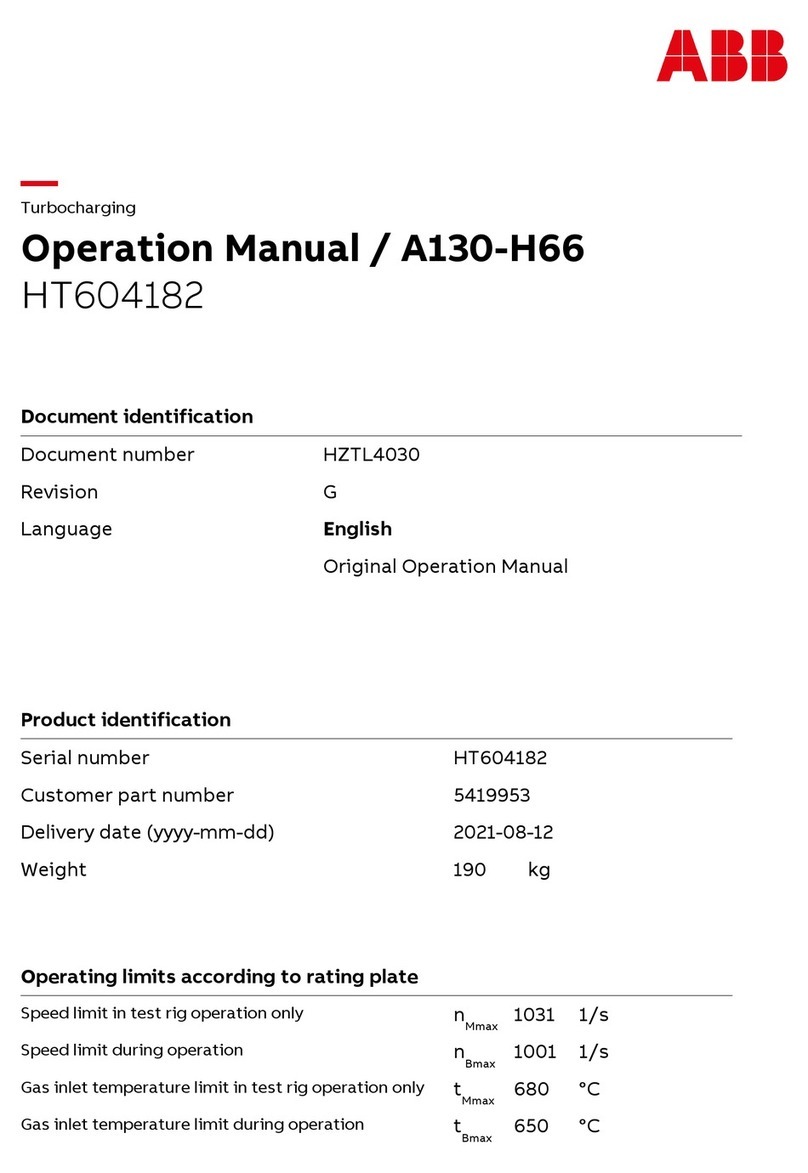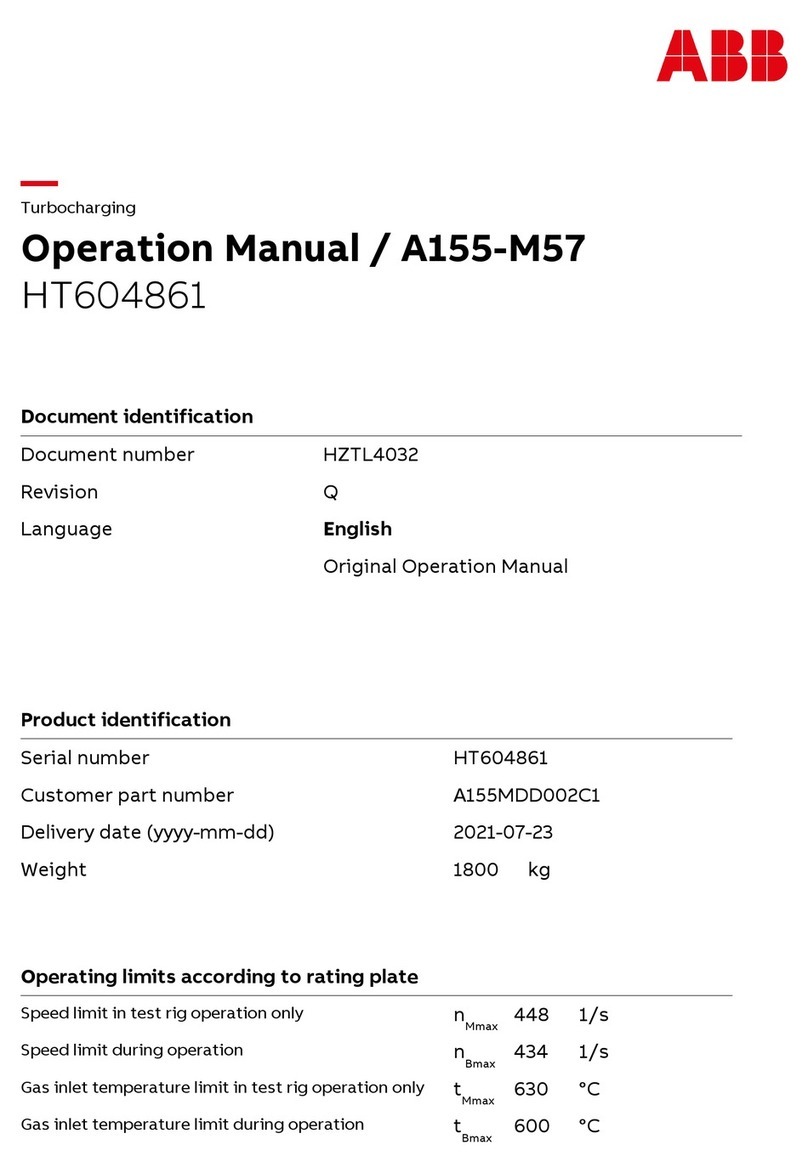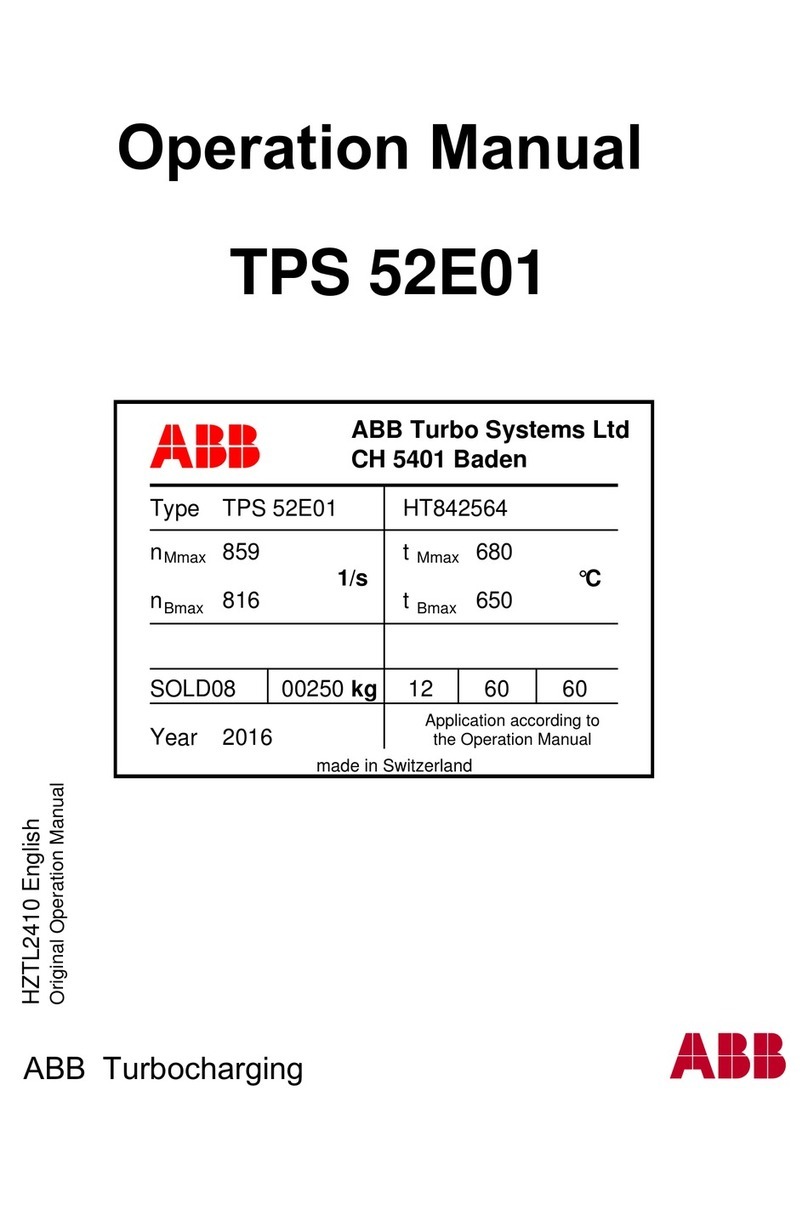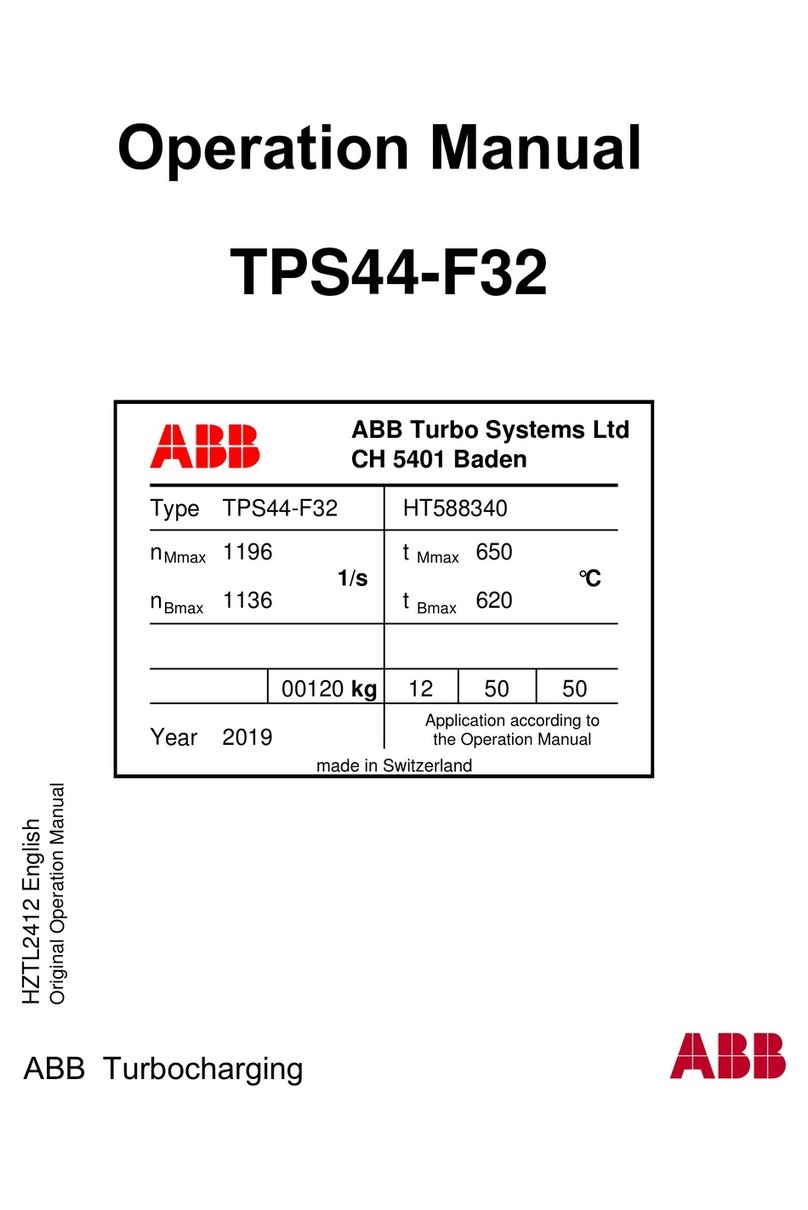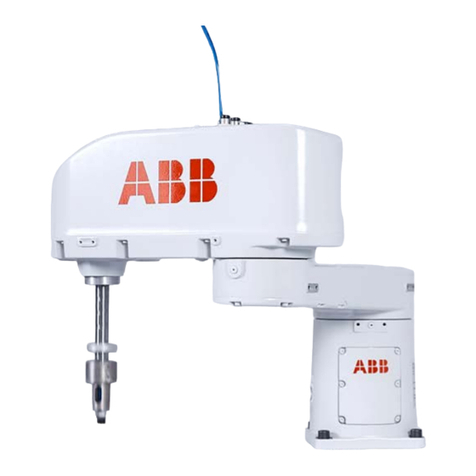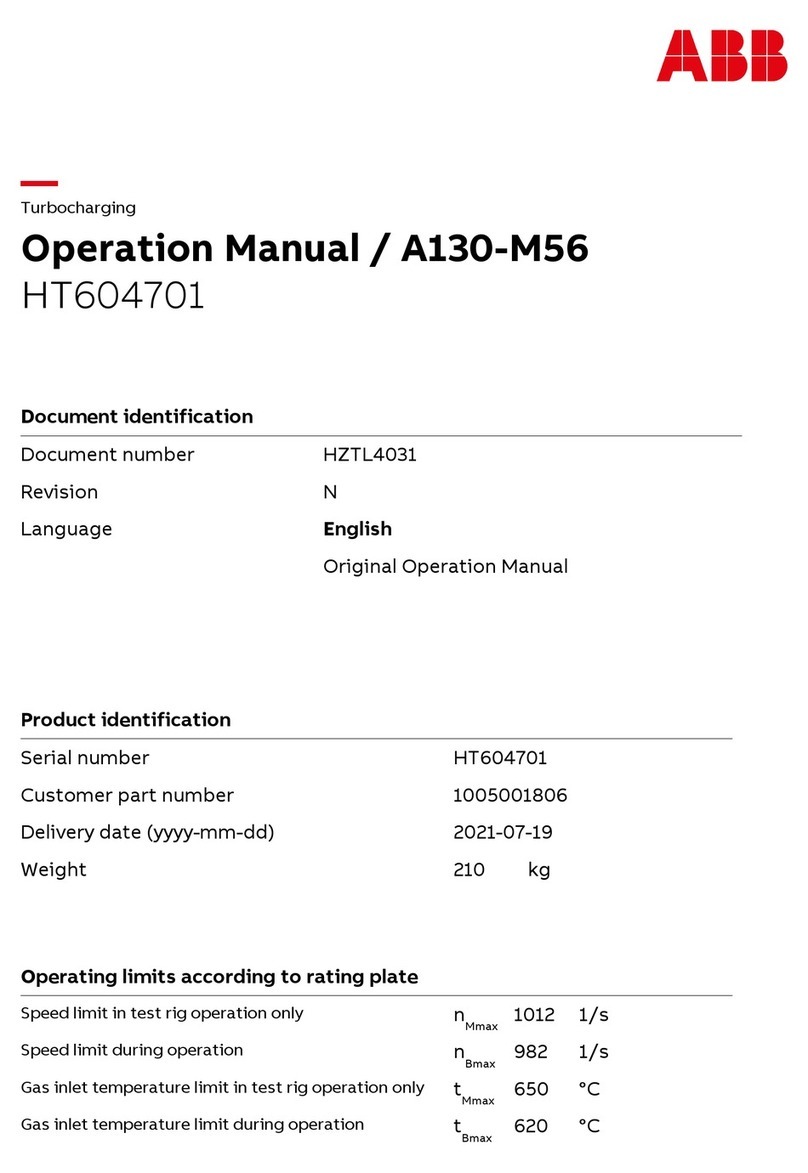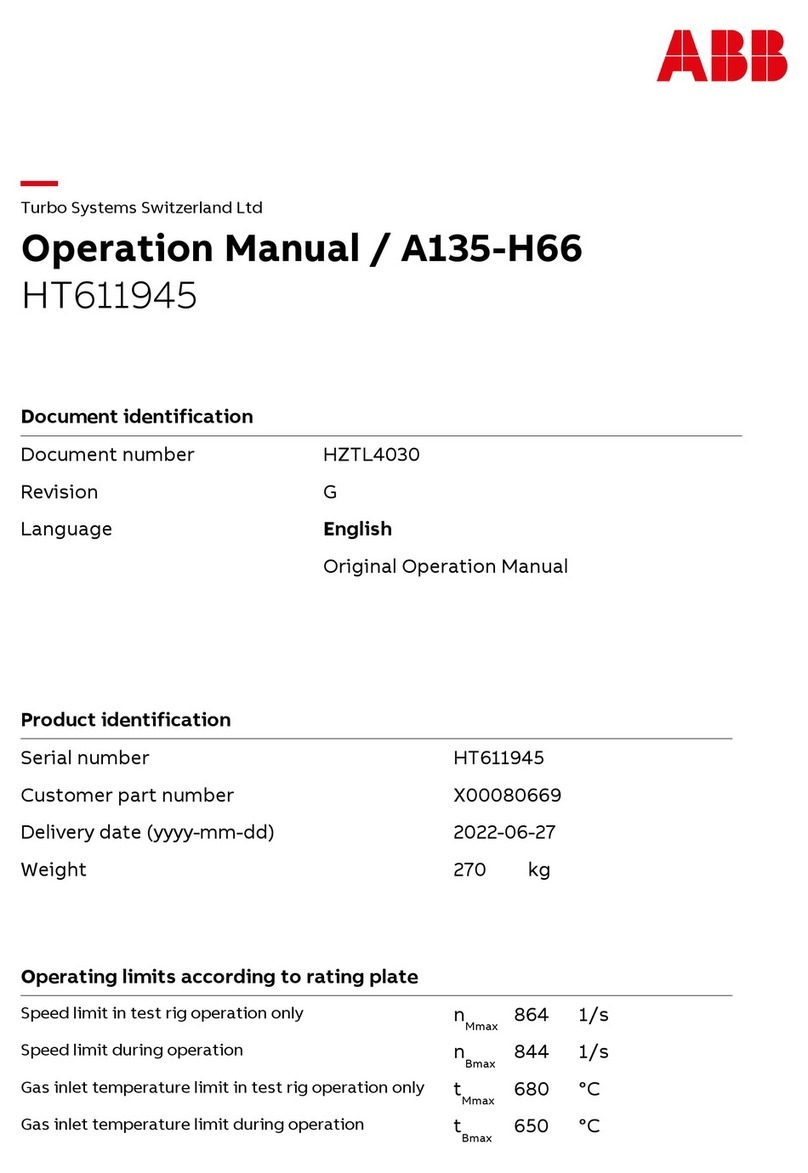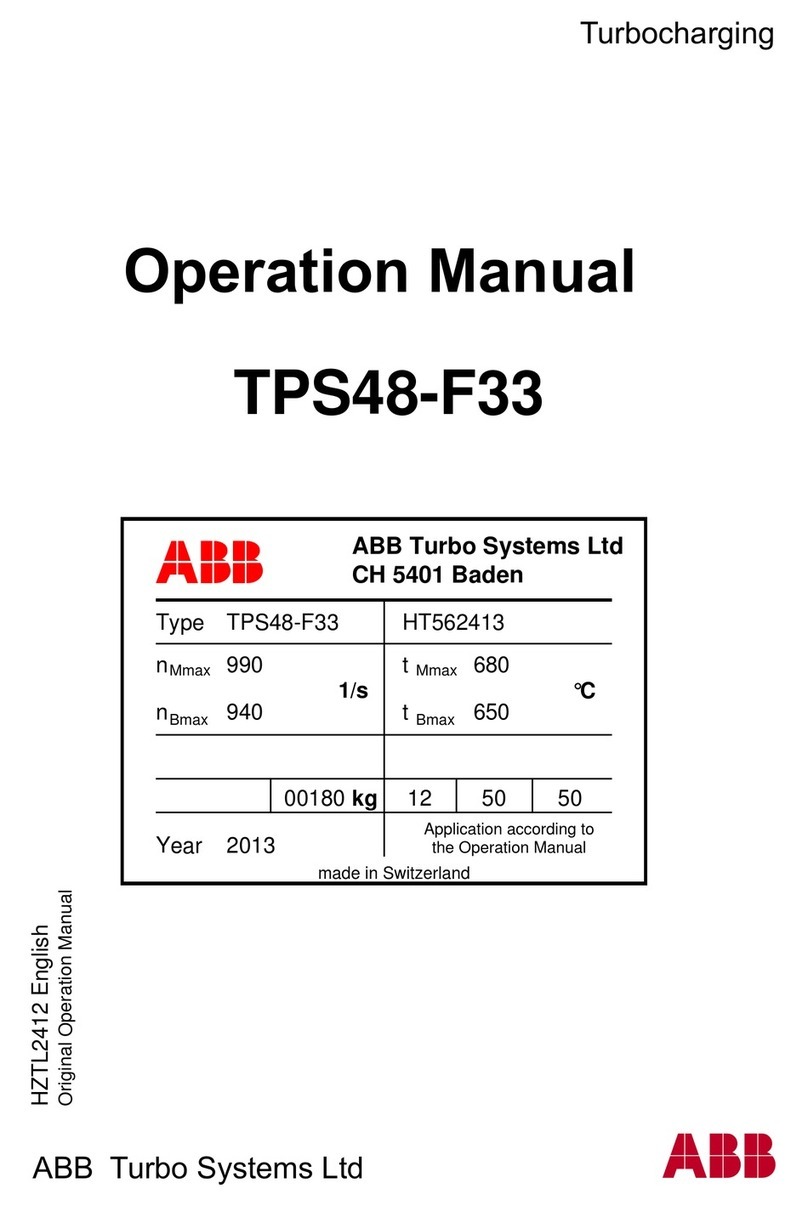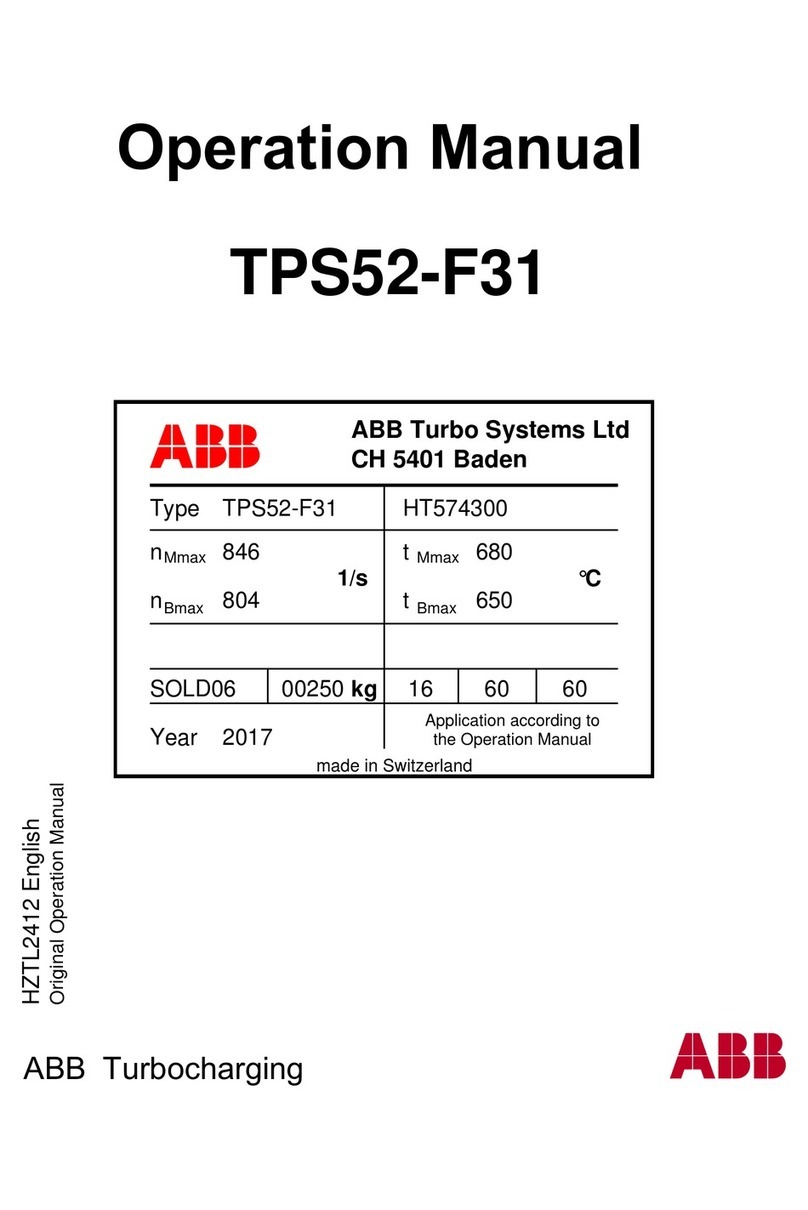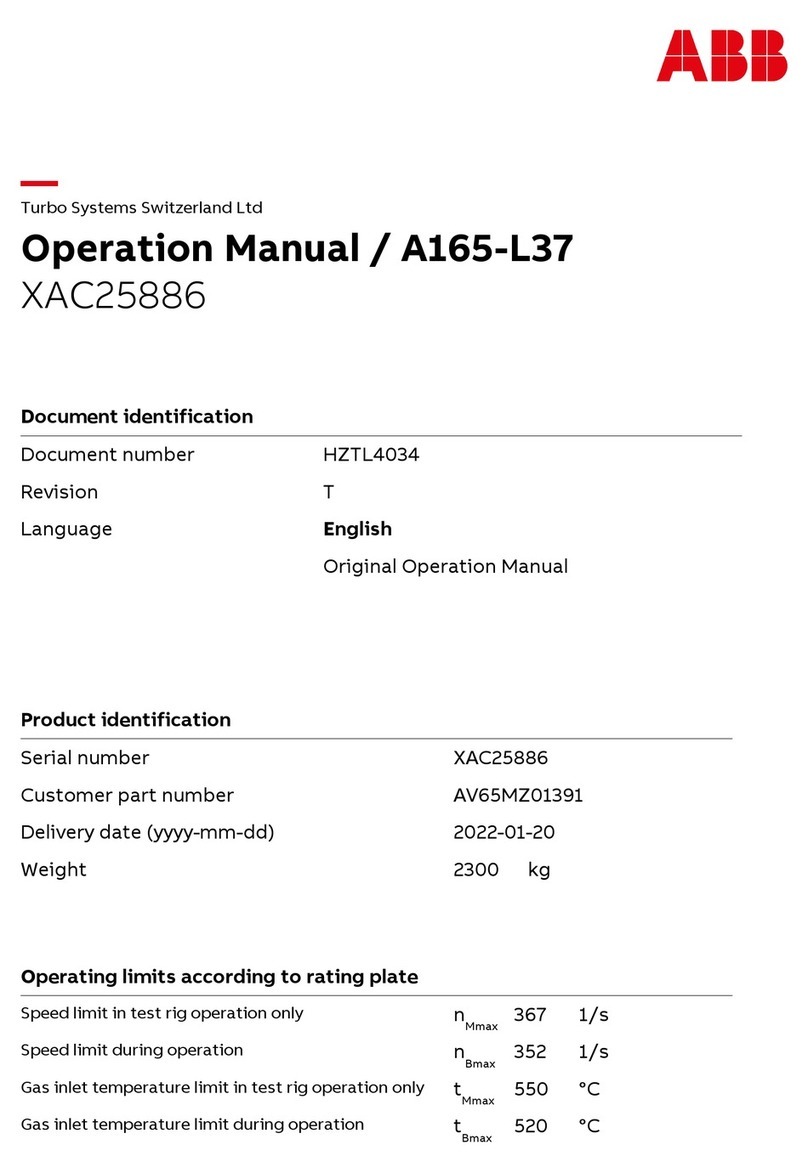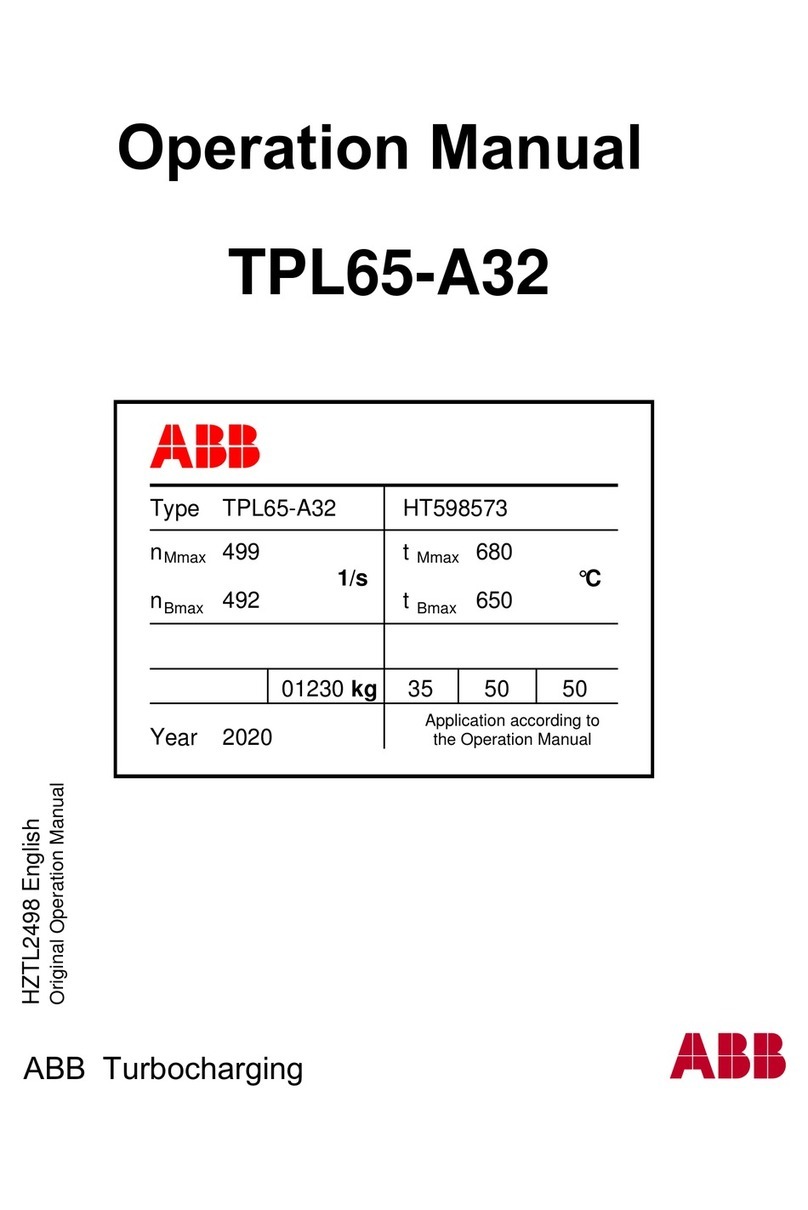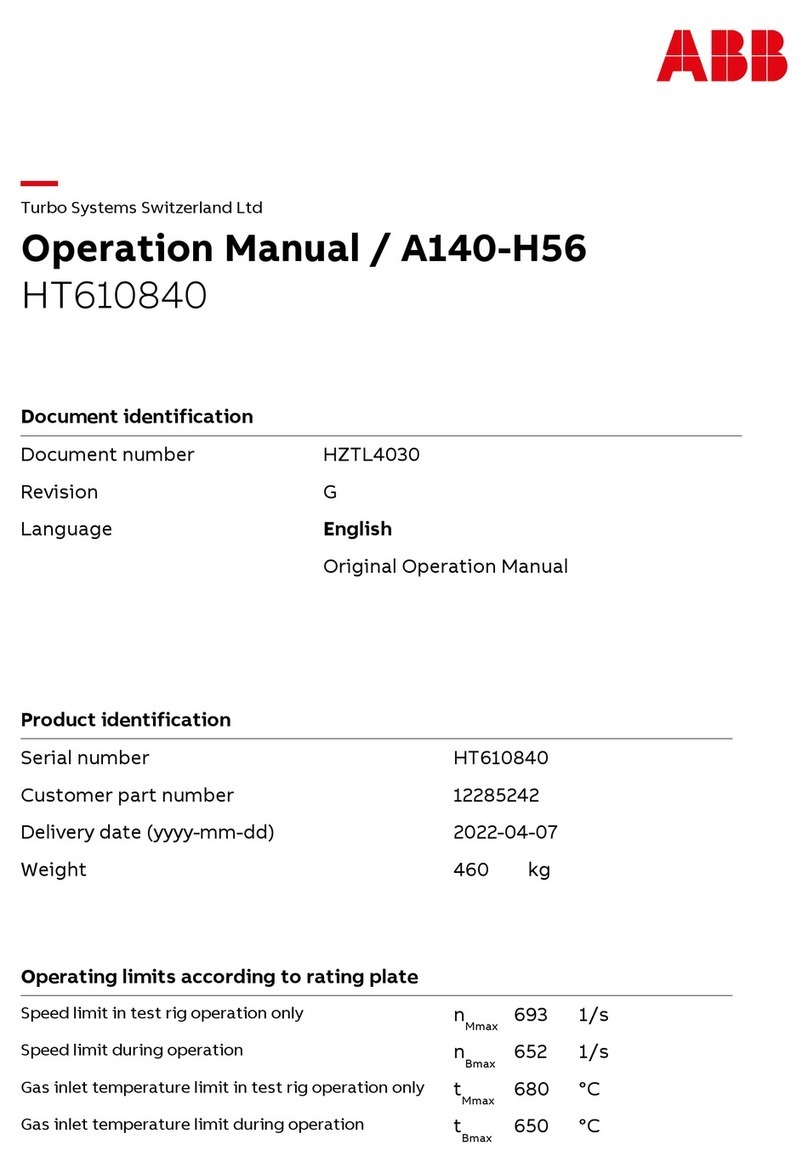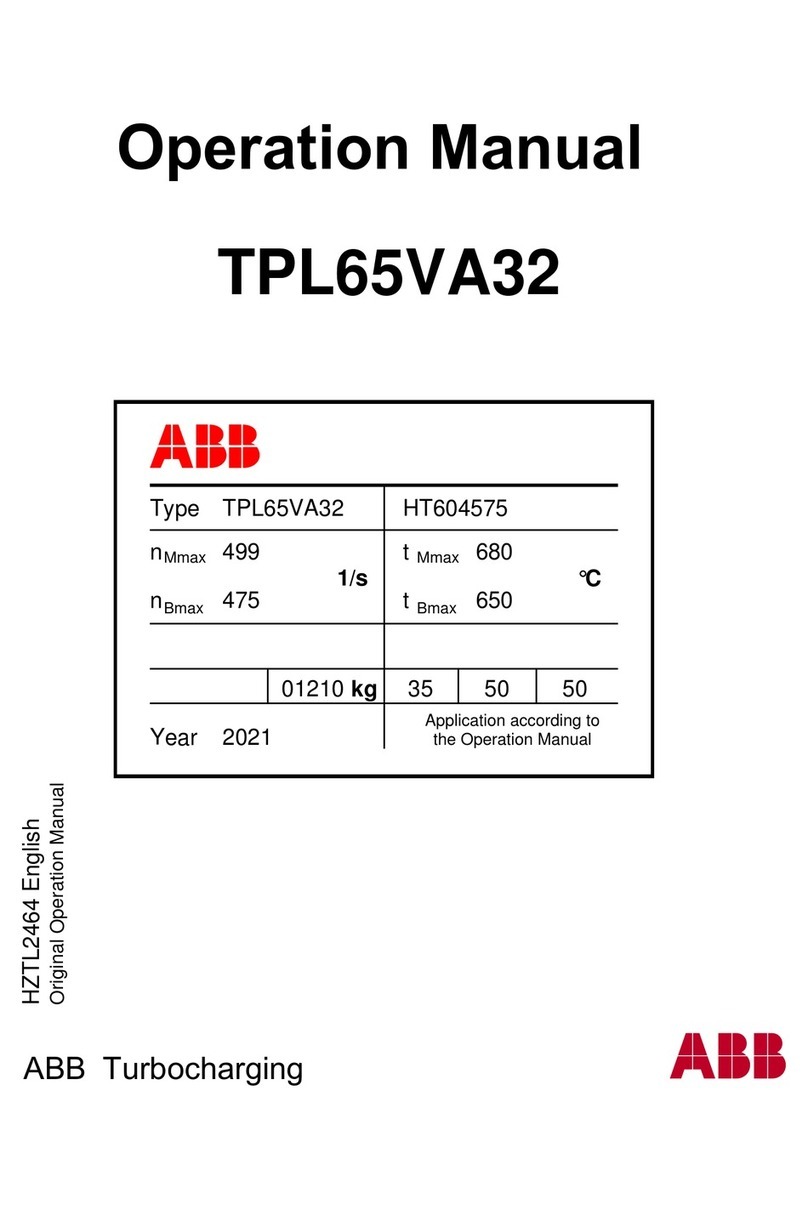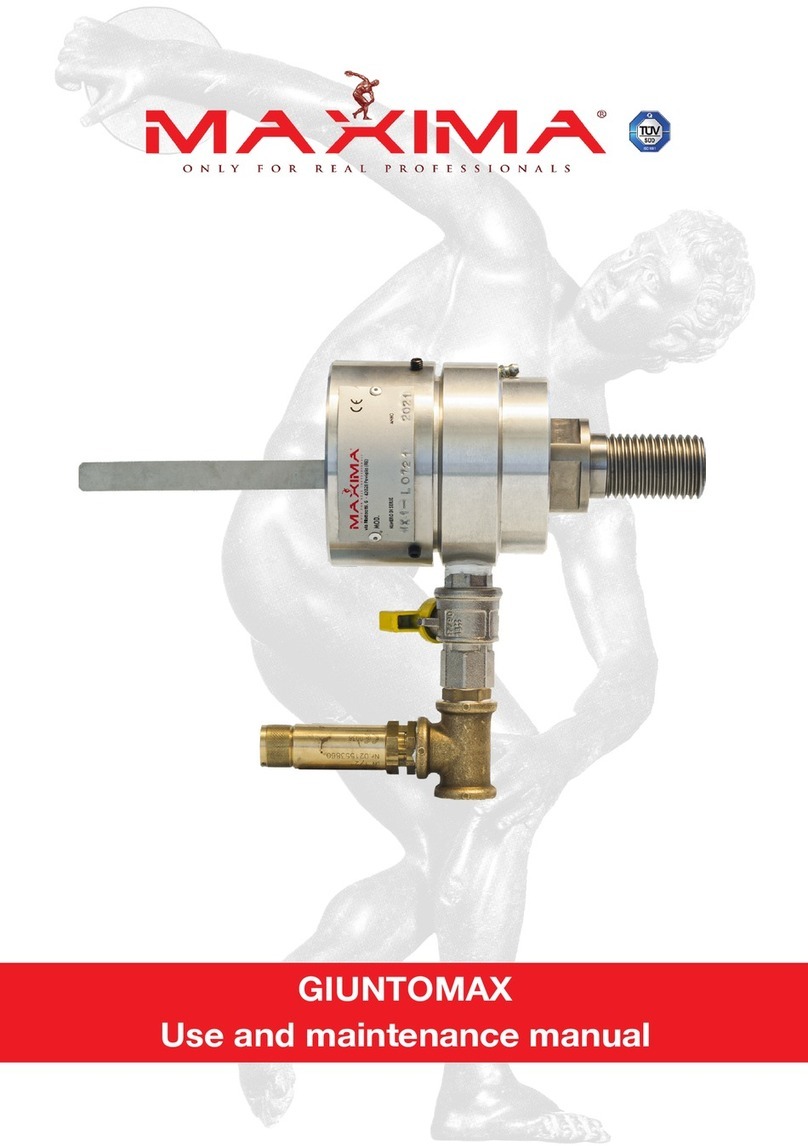
1-2MN1240
Safety Notice Continued
WARNING: Do not by-pass or disable protective devices or safety guards. Safety features
are designed to prevent damage to personnel or equipment. These devices can
only provide protection if they remain operative.
WARNING: Avoid the use of automatic reset devices if the automatic restarting of equipment
can be hazardous to personnel or equipment.
WARNING: Be sure the load is properly coupled to the motor shaft before applying power.
The shaft key must be fully captive by the load device. Improper coupling can
cause harm to personnel or equipment if the load decouples from the shaft
during operation.
WARNING: Use proper care and procedures that are safe during handling, lifting, installing,
operating and maintaining operations. Improper methods may cause muscle
strain or other harm.
WARNING: Servo permanent magnet motors can induce voltage and current in the motor
leads by rotating the motor shaft. Electrical shock can cause serious or fatal
injury. Therefore, do not couple the load to the motor shaft until all motor
connections have been made. During any maintenance inspections, be sure the
motor shaft will not rotate.
WARNING: Before performing any motor maintenance procedure, be sure that the equipment
connected to the motor shaft cannot cause shaft rotation. If the load can cause
shaft rotation, disconnect the load from the motor shaft before maintenance is
performed. Unexpected mechanical rotation of the motor parts can cause injury
or motor damage.
WARNING: Disconnect all electrical power from the motor windings and accessory devices
before disassembly of the motor. Electrical shock can cause serious or fatal
injury.
WARNING: Ensure all electrical connections are securely made. High voltage may be present
and high motor speeds may result from a broken connection.
WARNING: Pacemaker Danger − Magnetic and electromagnetic fields in the vicinity of
current carrying conductors and permanent magnet motors can result in a
serious health hazard to persons with cardiac pacemakers, metal implants and
hearing aids.
WARNING: Dangerous movements can occur when a motor is improperly connected or
a fault occurs. Be careful during start−up, troubleshooting and maintenance
procedures to avoid injury.
WARNING: Severe burn is possible. The motor winding can reach 155 degrees C during
operation. Do not touch motor without protective clothing or allow sufficient
time for motor to cool to avoid burns.
Caution: To prevent premature equipment failure or damage, only qualified maintenance
personnel should perform maintenance.
Caution: Do not lift the motor and its driven load by the motor lifting hardware. The motor
lifting hardware is adequate for lifting only the motor. Disconnect the load from
the motor shaft before moving the motor.
Caution: To prevent equipment damage, be sure that the control is fused for the maximum
motor rated amps listed on the rating plate.
Caution: If a HI POT test (High Potential Insulation test) must be performed, follow
the precautions and procedure in NEMA MG-1 and MG-2 standards to avoid
equipment damage.
Caution: Do not perform dielectric withstand tests on any feedback device or motor
control as damage may result.
Caution: Motor housings get very hot during normal operation. Do not touch the motor
after use until it has had sufficient time to cool. Severe burns may result from
touching the motor after use.
Caution: Do not use the holding brake to stop motion. This will cause premature brake
wear and failure. The brakes are not designed to stop a rotating load. The servo
drive inputs should always be used to stop motor shaft rotation.
Caution: The AC servo motor is not intended to be connected directly to the AC mains. Do
not connect AC Mains directly to BSM AC Servo Motors.
If you have any questions or are uncertain about any statement or procedure, or
if you require additional information please contact your ABB respresntative or an
Authorized ABB Service Center.
